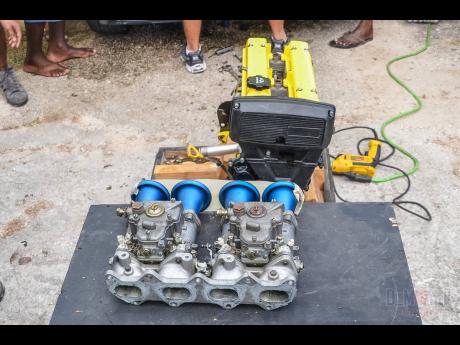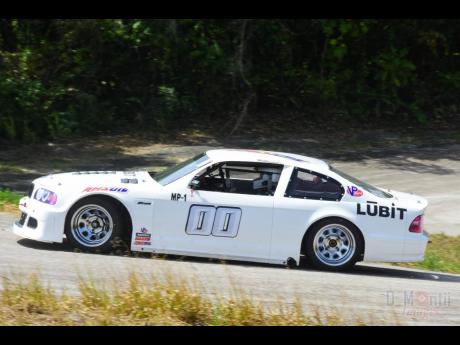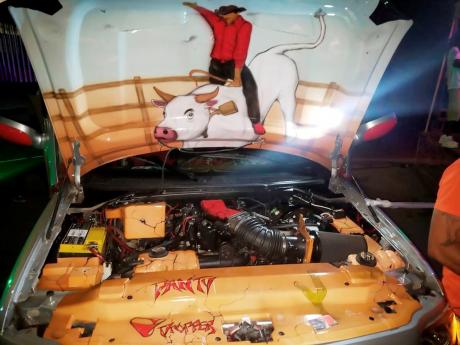A flooded engine is no joke
There is nothing amusing about a flooded engine. Worry sets in and no smile is evident on the face of that motorist with an engine that is flooded. “When a check valve is stuck, flooding of the engine occurs,” says Derrick Gentles, an experienced auto mechanic. He says that fuel injector cars do not flood, it is usually the ones with a carburettor.
The engine of one’s motor car becomes flooded from excessive choking, whether automatic or manual. When this happens, the more you try to start, the more you flood the engine. Gentles explained that, in order to allow sufficient air to mingle with the raw fuel in the flooded engine, the gas pedal should be depressed all the way to the floor and held there while you attempt to start the engine. Then, there it has an opportunity to start. “After the engine starts, release the gas pedal most of the way to avoid excessive racing of the motor during the warm-up period,” advises Gentles.
CAUSES OF CARBURETTOR FLOODING
According to auto mechanic Kurt Harding, there are many things that will cause a carburettor to flood. For example, excessive fuel pump pressure, dirt in the gasoline or a gas-clogged float. This means that there is a hole or crack in the float that will allow fuel to enter, and the float will sink, holding the needle valve wide open. The float may also be improperly adjusted, or the automatic choke may be too rich, or the heat control mechanism may be faulty. A dirty plugged air filter restricts the carburettor’s air intake.
There are times when the steel needle in the needle-and-seat assembly will become magnetised and attract particles of foreign matter, preventing proper seating. A clogged carburettor air bleed can cause fuel to be siphoned from the carburettor when the engine is shut off. “This floods the intake manifold and eventually makes starting difficult,” says Harding. If the carburettor needs to be repaired, it is advised that the whole unit be dismantled and have it soaked in a cleaning solution. In case of the modern carburettor, it is so sensitive and so should be overhauled ad adjusted by a skilled technician, to manufacturer’s specifications.




